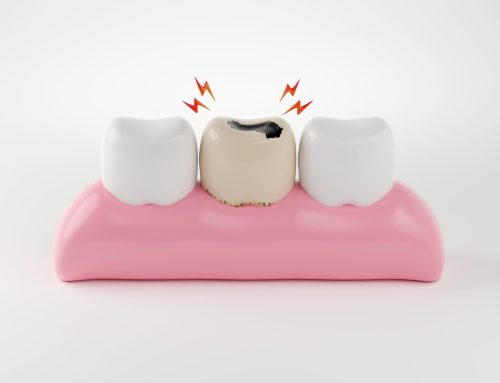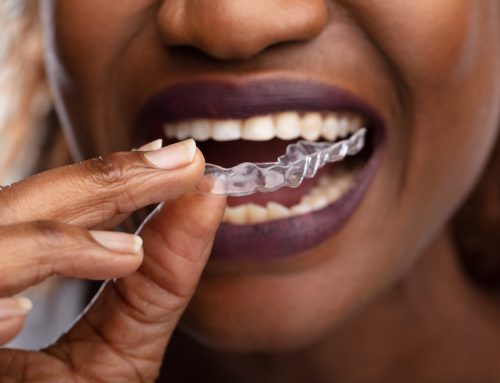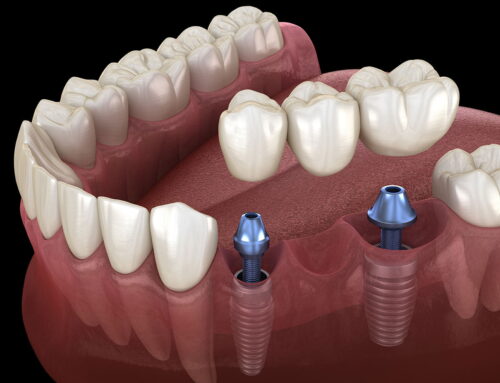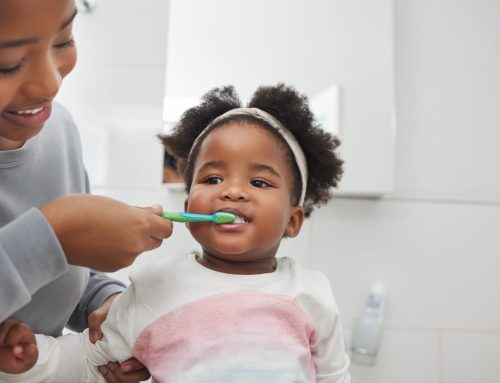Dental emergencies can strike when least expected in the fast-paced modern world, disrupting our routines and causing discomfort. While dental care has come a long way in preventive measures, accidents happen, and knowing how to handle dental emergencies is essential for maintaining oral health and peace of mind. From a sudden toothache to a broken tooth, understanding how to address these issues promptly can make all the difference. In this article, we’ll delve into common dental emergencies and provide expert insights on how to manage them effectively, ensuring that your smile remains resilient even in the face of unexpected challenges.
1. Sudden Toothache: Navigating the Painful Terrain
A sudden, sharp toothache can be both alarming and distressing. Whether it’s due to a cavity, infection, or other underlying causes, a toothache demands immediate attention. Start by gently rinsing your mouth with warm water to cleanse the area and soothe any irritation. Floss gently to ensure no debris is trapped between your teeth, which could exacerbate the pain. Over-the-counter pain relievers can offer temporary relief until you can consult a dentist.
2. Cracked or Broken Tooth: Protecting Your Smile’s Integrity
A cracked or broken tooth can result from various scenarios, from biting into something hard to sustaining an accidental impact. If you experience such an incident, rinse your mouth gently with warm water to cleanse the area. If there’s bleeding, apply a clean piece of gauze to the affected area and exert gentle pressure to stop the bleeding. Consider using a cold compress on the outside of your cheek to minimize swelling and pain. It’s crucial to promptly reach out to a dentist for a thorough evaluation and treatment options to preserve the tooth’s integrity.
3. Knocked-Out Tooth: Swift Action for Optimal Recovery
A knocked-out tooth requires swift and careful action to increase the chances of successful re-implantation. If possible, pick up the tooth by the crown (the chewing surface) and avoid touching the root. Rinse the tooth gently with water to remove dirt without scrubbing or using soap. If feasible, try reinserting the tooth into its socket while being cautious not to force it. If this isn’t possible, keep the tooth moist by placing it in a milk container or your saliva. Seek immediate dental attention, as time is of the essence in increasing the likelihood of successful reattachment.
4. Lost Filling or Crown: Temporary Measures
A lost filling or crown can expose the affected tooth to sensitivity and potential damage. While waiting to see a dentist, there are temporary measures you can take to protect the tooth. Clean the affected area gently and apply dental cement, which is available at most drugstores. Avoid using glue or household adhesives, as these can cause more harm than good. Remember that these measures are only temporary, and seeking professional dental care promptly is essential for a lasting solution.
5. Soft Tissue Injuries: Handling Cuts and Abrasions
Injuries to the mouth’s soft tissues, such as the lips, cheeks, or tongue, can be painful and lead to bleeding. Rinse your mouth gently with water to cleanse the area, and use a clean piece of gauze to apply gentle pressure to control bleeding. Applying a cold compress to the outside of your cheek can help reduce swelling and provide relief. If bleeding is severe or doesn’t subside, seek medical attention promptly.
6. Preventive Measures: Equipping Yourself for Emergencies
Life is an adventure, and participating in sports and outdoor activities is part of the fun. Yet, these pursuits also carry inherent risks to your dental health. A sudden collision or impact can lead to chipped, cracked, or even knocked-out teeth. Donning protective gear becomes a non-negotiable practice to safeguard your smile in these dynamic moments.
While knowing how to respond to dental emergencies is crucial, taking preventive measures can significantly reduce the likelihood of such situations occurring. Maintain a consistent oral hygiene routine, visit your dentist regularly for check-ups, and wear protective gear during sports or activities that pose a risk of dental injury.
In the unpredictable journey of life, dental emergencies can arise unexpectedly. Understanding how to navigate these situations with confidence and composure means you’re taking proactive steps to safeguard your oral healtwh and well-being. Each emergency demands a specific approach, from toothaches to lost fillings, and being armed with this knowledge can make a orld of difference.
Remember, while handling dental emergencies on your own is valuable, professional dental care remains essential for a thorough assessment, treatment, and long-term solutions. By embracing preparedness and staying informed, you’re not just protecting your smile but cultivating a mindset of resilience and wellness that extends far beyond your dental health. If you experience a dental emergency, keep Somerset Dental’s contact info close by so you can have expert help ASAP.
Have you ever experienced a dental emergency? What happened, and how did you resolve the issue? Share your experience with our readers in the comments below.





